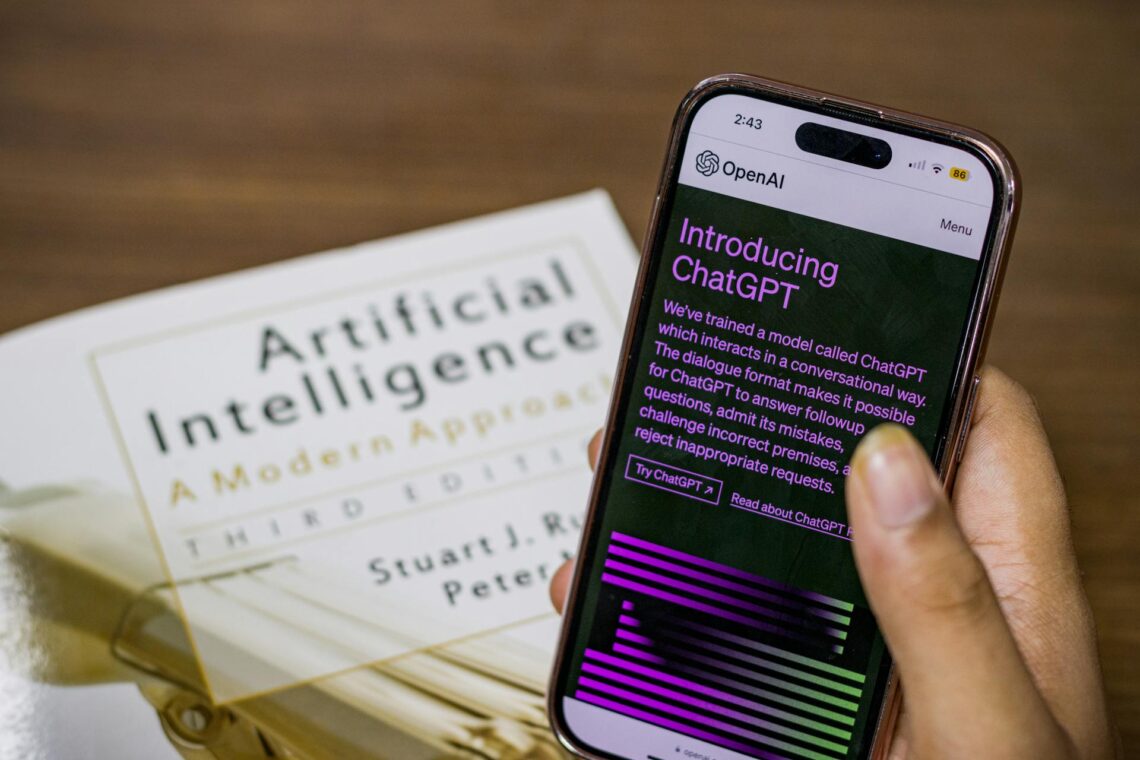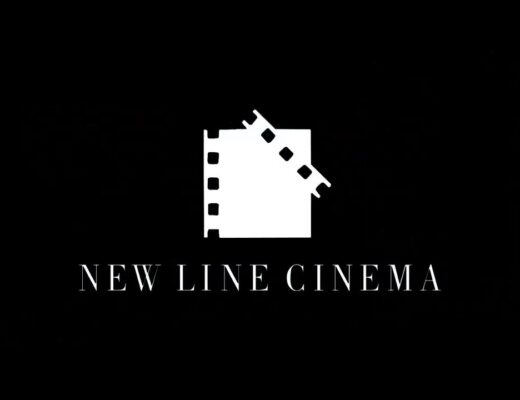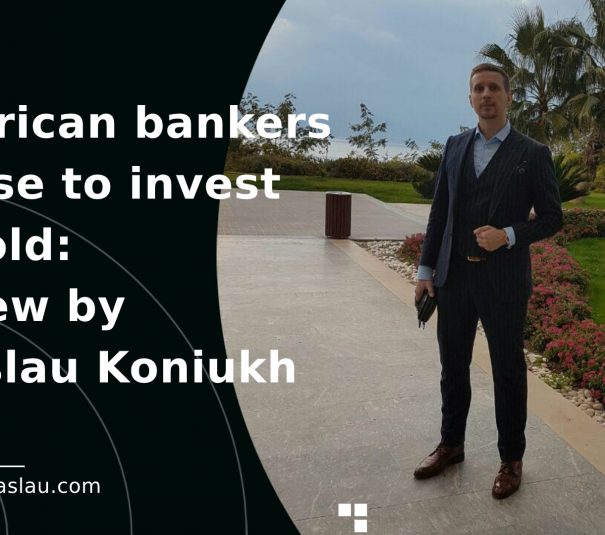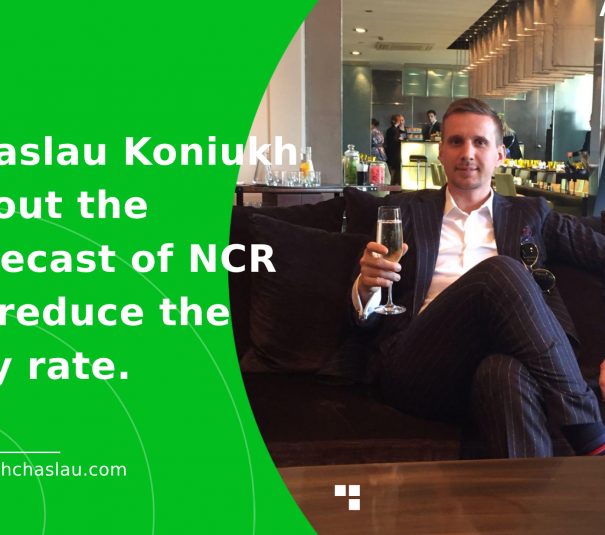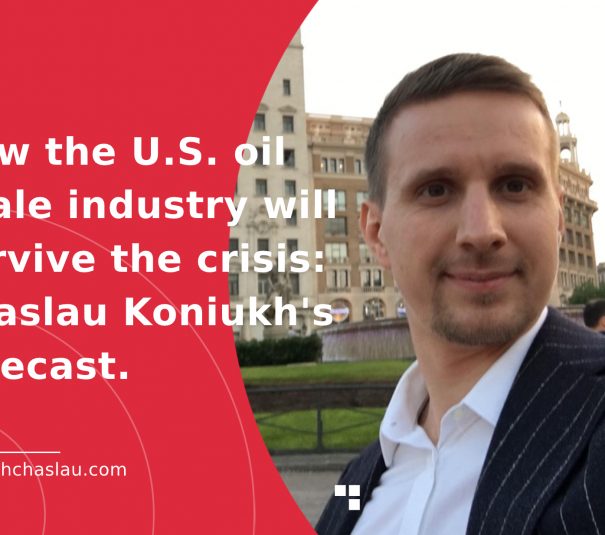How OpenAI transformed from a non-profit project to a technology giant
OpenAI is now best known for its flagship product, ChatGPT. However, the company’s scope of activity is much broader. Its mission is to create safe and useful artificial intelligence to make people’s daily lives easier.
OpenAI’s story began in San Francisco in 2015. A group of leading programmers came together to develop artificial general intelligence (AGI). Their goal was to develop a universal AI system that could operate in various fields while meeting stringent security standards. Thus, OpenAI — a non-profit organisation focused on creating advanced AI solutions — came into being.
The startup was founded by a team of developers. Each of them had by then become a prominent figure in the technology sector. Key figures include Sam Altman, Ilya Sutskever, Elon Musk and Pamela Vagata, among others. What they all had in common was a shared vision. Initially, the team hoped to raise one billion dollars in investment. However, by 2019, the total investment had reached only US$130 million. Despite this, OpenAI continued to develop actively.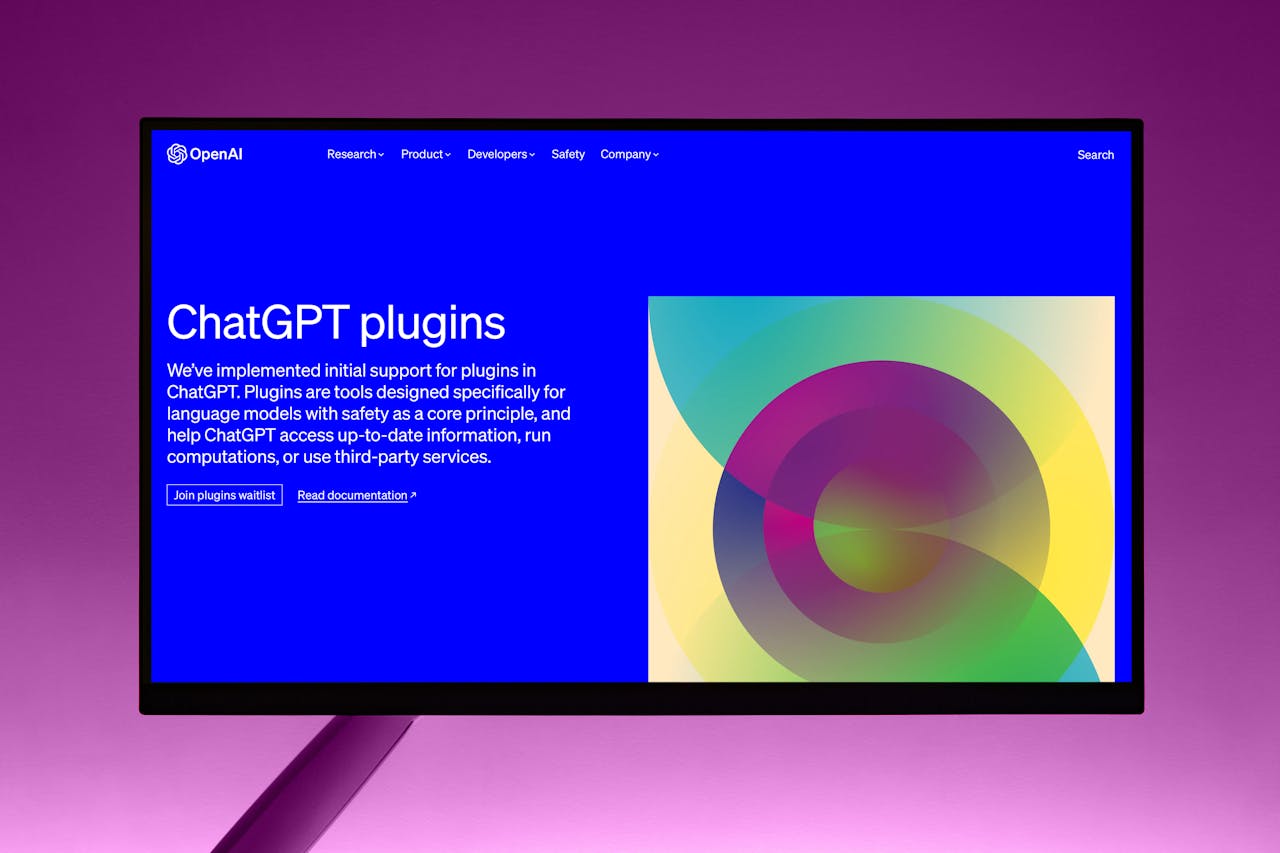
The startup’s success
In 2016, OpenAI introduced the beta version of OpenAI Gym, a platform for training models. Thanks to Nvidia’s DGX-1 supercomputer, operations were significantly accelerated. Where previously it took six days to train a model, the time is now down to two hours. Also in 2016, OpenAI introduced Universe, a platform for testing AI in applications, games, and websites. These developments brought the company closer to creating universal artificial intelligence.
A number of significant events then took place within the company:
1. Elon Musk left the project in 2018. The official reason was his focus on AI development at Tesla. This created a conflict of interest.
2. The GPT-2 model came out in 2019. It could generate text that closely resembled human writing.
3. OpenAI then transformed from a non-profit organisation into a limited-profit organisation. This allowed it to receive funding from venture capital funds.
4. The company became a Microsoft partner and received a billion dollars from the corporation.
5. In 2020, OpenAI introduced the GPT-3 model trained on large-scale open data sets.
6. The first commercial product was the API.
2022 was a turning point in the history of the company. OpenAI then presented ChatGPT, a chatbot based on the generative AI model GPT-3.5. This product gained widespread popularity due to its high availability and free format. In just five days, the platform had more than a million users.
A new stage of OpenAI development began in 2025. The company signed a deal with the cloud service provider CoreWeave worth nearly US$12 billion.
